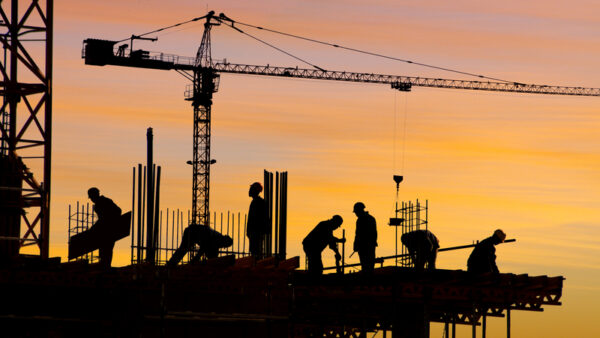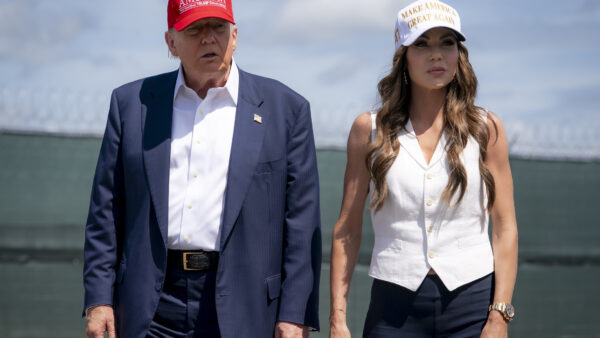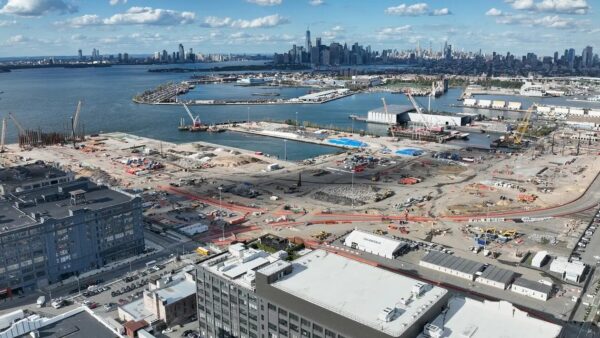
What’s the mood among US project owners right now? We asked George Swetz, Executive Vice President & General Manager of Skanska Integrated Solutions (SIS), based in Boston.
The prevailing tone in 2025 has been one of uncertainty coupled with cautious optimism. From 2021-23, owners experienced rapid price escalation, which more recently has shown signs of stabilisation. But in the first half of this year the Trump administration’s policy changes have brought a new period of unpredictability.
We’ve seen our clients asking harder questions: Which infrastructure initiatives may stall or be reshaped under new federal priorities? How will tariff policy changes influence construction materials pricing? This has been layered onto long-standing labour market challenges.
Put together, these factors have made uncertainty the defining theme for 2025.
How is the uncertainty affecting project costs now?
Project costs today are mixed. While some owners have opted to pause on ertain projects until there’s more clarity, others are pressing ahead and, in some cases, securing stronger bid results.
Markets experiencing slowdowns have created openings for contractors to offer more competitive pricing, which in turn benefits projects that move forward now.
That said, certain material costs are trending upward, which affects project costs.
Copper is the most notable example: common pipe diameters are up more than 40% in 2025, and copper wire has increased by up to 17% since January. This is expected to continue following the new copper tariff that took effect on 1 August.
Tariffs on steel and aluminium remain at 50%, but their impact has been muted so far, which is due in part to heavy buy-ahead activity before tariffs took effect, as well as reduced demand from slower-moving sectors like single-family housing.
However, June’s Consumer Price Index uptick to 2.7% may signal that certain cost pressures are starting to make their way into the economy.
What imports in particular cause the most concern?
Today, copper is the most concerning import for our clients and the construction industry at large.
Its role spans multiple trades, so even modest price shifts can have strong ripple effects.
Beyond copper, the 1 August tariffs are expected to have minimal direct impact on most building materials.
The largest implications will likely involve goods sourced from the European Union, Mexico, and Canada.
In those cases, some owners may be able to avoid tariffs altogether if products qualify under the United States-Mexico-Canada Agreement (USMCA) rules of origin and the correct certifications are obtained.
Which business sectors are most affected?
The effects are uneven across sectors. High-tech projects remain relatively strong, as many are driven by long-term strategic investments that are less sensitive to short-term market changes.
Infrastructure is facing more uncertainty, with questions around stability and allocation of federal funding creating delays for certain projects.
Healthcare owners share similar concerns about whether funding sources will remain intact.
On the residential side, single-family construction has slowed substantially. While this cooling has been challenging for those in the housing sector, it has also helped ease demand pressures on key materials, contributing to the moderation of certain cost escalations we saw in previous years.
What strategies are owners adopting in response?
Many are taking a highly localised approach, evaluating each market and project individually to chart a way forward.
Some see current market conditions as an opportunity to capitalise on more competitive bids. Others prefer to delay in hopes of gaining clearer insight into tariff impacts, funding availability, or supply chain stability.
Manufacturers are adjusting as well, particularly those in commodity categories or complex product lines where tariff exposure is greater.
These adjustments include diversifying supplier bases, seeking out domestic production, or restructuring procurement to align with trade agreement exemptions. For imports from Canada and Mexico, USMCA compliance is a key focus, as it can provide a pathway to avoid added tariff costs.
What can Skanska Integrated Solutions, as owner’s project manager, do to help?
Our role is to help clients effectively navigate uncertainty and take strategic approaches.
That starts with delivering real-time market intelligence on how new tariffs, policy changes, and shifting funding priorities are impacting regions and project types.
SIS helps clients strategically time procurement to mitigate cost spikes, explore alternative sourcing strategies, and capitalise on competitive bidding opportunities to keep projects viable and competitive, even in volatile conditions.
Our approach ensures consistent, best-practice project delivery grounded in deep market insight and strong supplier relationships. The goal is to provide the clarity and foresight needed to move forward with confidence.
- Subscribe here to get stories about construction around the world in your inbox three times a week






